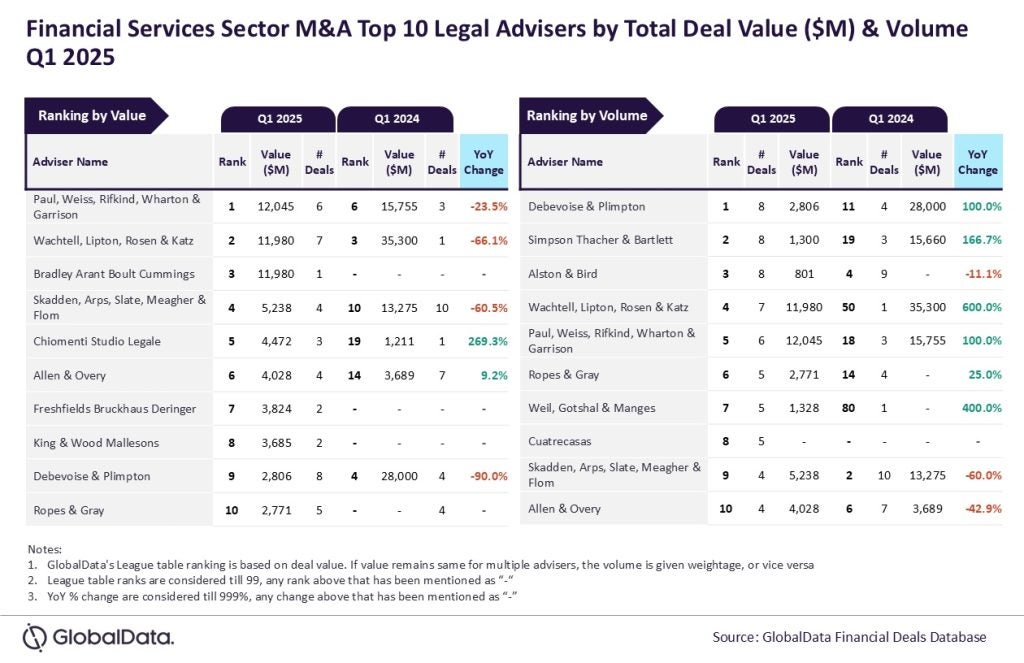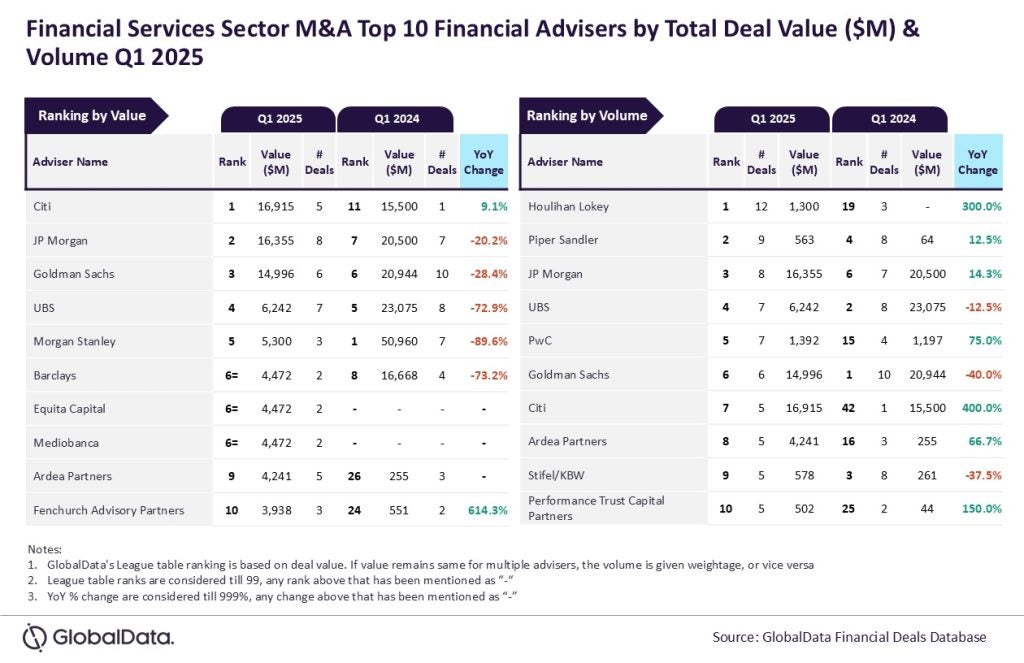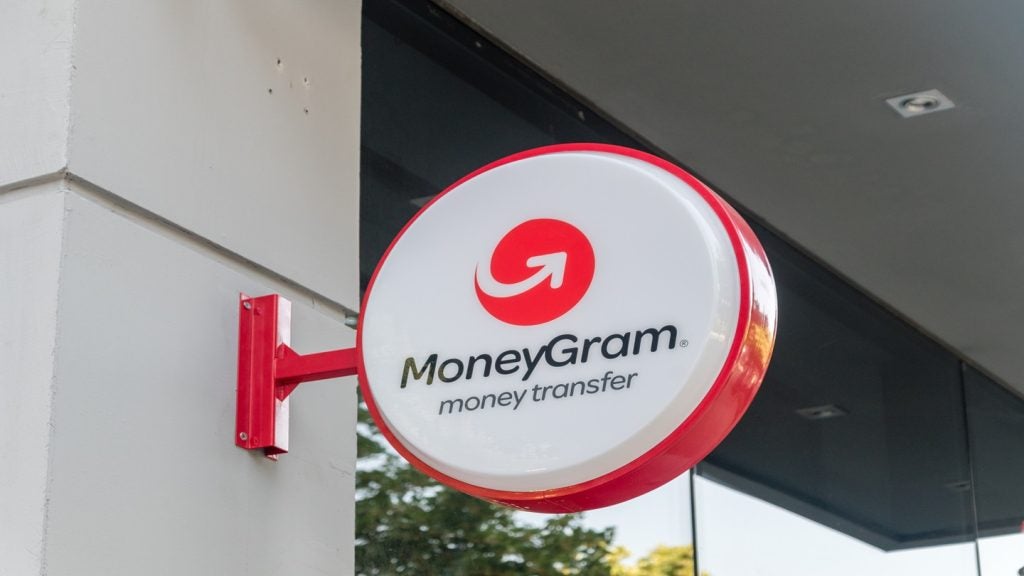
The key takeaway of the fourth annual EPAM Continuum Consumer Banking report is ongoing satisfaction with banks globally. This is driven largely by good customer service, reputation and local presence. However, EPAM notes that banks now an increasing demand to provide more personalised digital experiences. Additionally, consumers crave the best of both worlds – human touch and digital integration.
EPAM Continuum is the integrated business, technology and experience consulting practice of EPAM Systems. The report covers key banking geographies, including Australia, Canada, Germany, Hong Kong, Italy, Saudi Arabia, Singapore, the UK and US.
Uptake of AI banking tools remains low (21%), but satisfaction is high among those who have used these tools (96%). However, 57% would not feel comfortable acting on AI financial recommendations. Discomfort is highest among older demographics.
“In the face of rapidly changing market dynamics, marked by high interest rates, inflationary pressures and market volatility, banks have managed to uphold elevated levels of trust and customer satisfaction,” says Balazs Fejes, President of EU and APAC Markets at EPAM.
“To remain competitive in this evolving climate, banks must embrace automation for improved personalisation and engagement across all customer channels, leveraging AI for operational efficiency and forging technology partnerships to drive innovation and cost reduction.”
Dennis Joosten, Senior Director Banking for EMEA, discusses key findings of the report.
RRI: What does the report tell us about how happy consumers are with their current primary bank?
Joosten:
Four fifths are happy with their bank – driven by good customer service. Having access to a local branch (36%) and brand trust and recognition (36%) are the leading factors in choice of bank for their primary account. This is along with the bank providing good benefits (28%), offering a good digital experience (20%) and their family or friends using them (20%). Overall, four fifths (86%) say they are happy with their current bank account.

US Tariffs are shifting - will you react or anticipate?
Don’t let policy changes catch you off guard. Stay proactive with real-time data and expert analysis.
By GlobalDataRBI: What is driving what seems like a high figure?
Joosten:
Happiness is driven by a great customer service (51%), the bank offering a wide array of relevant products and services (27%) and having a strong physical presence in their area (26%). For those who are currently dissatisfied, banks could take action to change this. A quarter (27%) state their happiness would improve if they were offered rewards or incentives, 22% if they provided a better customer service and 15% if they increase their local presence. In addition, three quarters (74%) trust their current bank to invest their money in alignment with their goals, four fifths (80%) to handle their finances and 82% to keep their data safe. High trust in safety of their data is of key importance as this is deemed to be most important ability for banks (89%). Those who don’t trust their bank to keep their money safe are concerned about other breaches they have seen. Two fifths (39%) note other public breaches have concerned them, 22% are with a bank that has had a public global breach in the last several years and 21% have personally been the victim of a breach with another company. Focussing on their banks’ ability to handle their finances, a fifth (20%) of those who have trust in this believe their personal data is safe, 17% that they are stable and will not fold, 13% note their large national presence and 12% believe they have their best interest at heart. On the flip side those who don’t trust their bank are unsure of their bank’s stability in the long-term (20%), don’t think they have their best interests at heart (19%), don’t believe their data is safe (17%).
RBI: What about potential switching?
Joosten:
A third (33%) are considering changing their bank in the next 12 months, rising to 45% of those aged 18-34. Half of those looking to leave (48%) are being tempted away by better interest rates and lower fees elsewhere, while a quarter (27%) are moving due to a poor customer service, their bank taking away their rewards and their bank not offering products or services that are relevant to them (both 27%).
Consideration is likely higher than reality though. Looking back 13% changed their primary bank in the last year, with 18% doing so in the last 3 years and 10% in the last 5 years, in fact 25% have never changed their primary bank. Reasons for changing mirror those for consideration to move, 28% left their bank due to a poor customer service, 27% were offered better interest rates or lower fees at another bank and a quarter (25%) state the bank didn’t offer products or services that were relevant to them.
RBI: What about evidence of consumers spreading their custom across multiple providers?
Joosten:
Even though there is overall happiness towards primary banks, four fifths of Americans (80%) currently use another financial provider for banking services including credit cards (41%), savings (35%) and checking and withdrawals (29%). Those using another provider use, on average, 2 others though a third (31%) are using 3 or more. Likewise, if they were to consider opening a new account with a new banking brand, savings would be the service with most uptake (35%) along with checking and withdrawals (30%) and credit cards (28%) It isn’t just other financial providers, a third (33%) also use a third-party apps such as “PayPal” and “Chime” to manage their finances. Using them for financial planning, cashback and budgeting (each 37%).
RBI: What are the most important products and services currently that drive consumer sentiment?
Joosten:
Looking ahead to the next 3 years, the features or services deemed most important from their banks are instant payments (72%) and digital access to a banker or concierge (63%). Americans would also like to be able to look to their banks for financial advice. Over three fifths (62%) say they would like their bank to provide better financial education, with a similar proportion (61%) wanting their bank to give them advice on how to manage their money better. In fact, their banks’ ability to make appropriate financial decisions on their behalf is deemed important by 66%.
RBI: What about attitudes to the branch and actual branch use?
Joosten:
Banking through mobile app is the most frequently used with 30% reporting they use a banking app daily and a further 28% doing so weekly, this is followed by the banks own website of which 22% use daily and a further 31% weekly. Physical branches are still significant though, nine in ten (87%) have used a physical branch in the last year with 59% doing so at least monthly. Third-party money management tools are the least used, 55% have used one of these in the last year. The different channels are used for different things, with banking in branch primarily used for deposits (44%) and receiving cash (30%), whilst mobile apps are used for checking account details and deposits (46% and 42% respectively). Branch use is a preference though, given the large majority are aware they can access traditional branch services via a mobile app or eBanking, even deposits branches most common use (86%). The reason for opting for branch is most commonly finding it easier to discuss with a person face to face for all services, though a notable proportion mention they have tried to do it online but found it too difficult highlighting that while services may be available more education or guidance is needed on how to use such features. This is reinforced with Americans overall discomfort in moving towards remote banking. Half (50%) state they would not be comfortable banking with a provider that had no local branches with a similar proportion being uncomfortable banking with a provider that offers digital access to a banker or concierge to assist with digital transactions (48%). The biggest area of discomfort lies in combining banking with social media so it can initiate financial transactions for them automatically, three fifths (63%) state they would not be comfortable with this including two fifths who would not be comfortable at all (38%).
RBI: And something on consumer attitudes to using AI?
Joosten:
Three in ten (31%) say they have used an AI-enabled tool to help them manage their money, make financial decisions or provide them with financial advice in the last 12 months, with almost all of these satisfied with the decision it provided (96%). Despite satisfaction amongst those who have used such services, the majority (54%) still would not feel comfortable acting on financial guidance recommended by an AI service with over a quarter (27%) stating they would not be comfortable at all. Overall comfort decreases in line with age, almost three times the amount of those aged 18-54 say they would be comfortable than those aged 55+ (60% v 22%).







